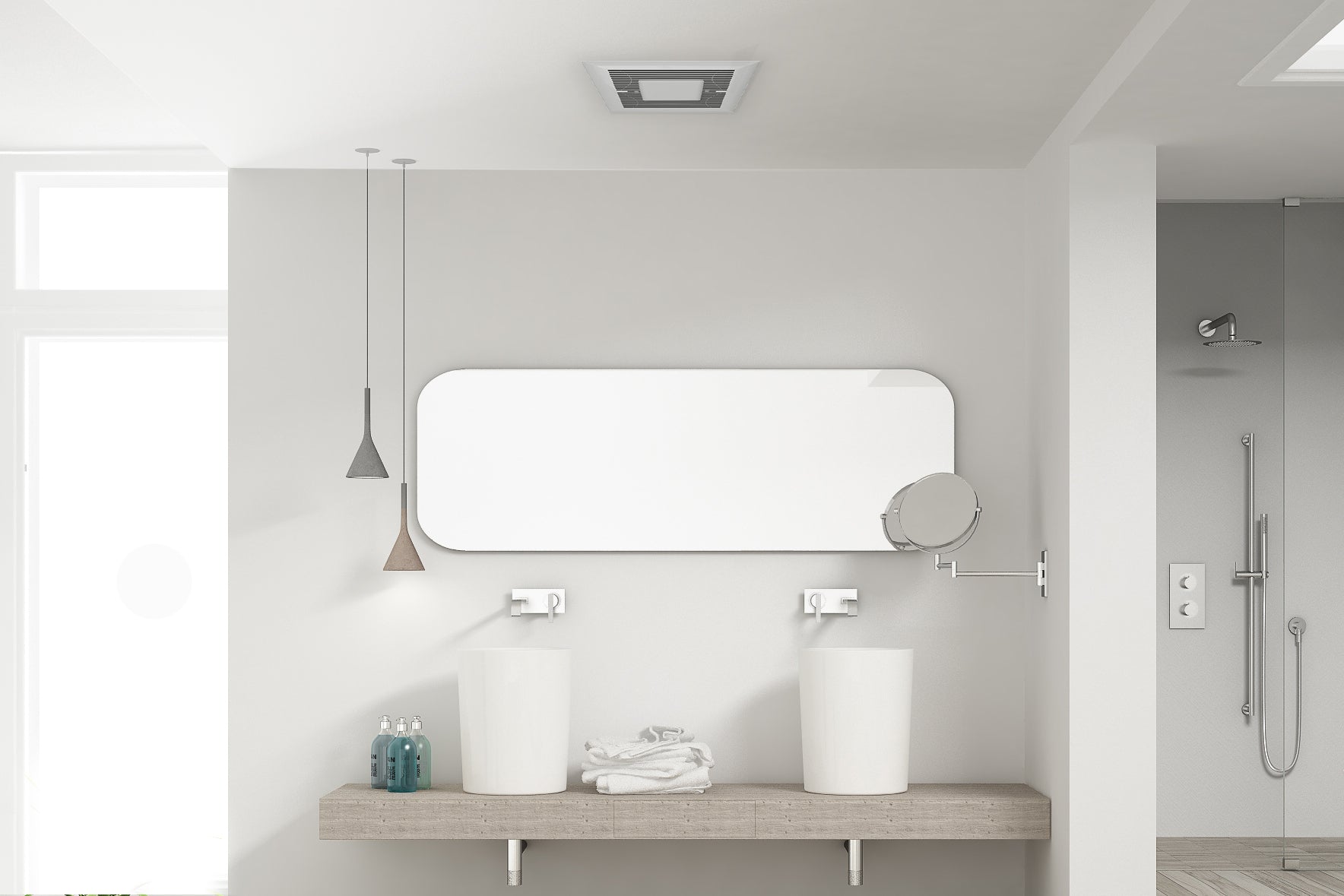

Articles
What Does The Fan In The Bathroom Do
Modified: October 29, 2024
Learn about the purpose and benefits of having a fan in your bathroom. Discover helpful articles on how to improve ventilation and maintain air quality.
(Many of the links in this article redirect to a specific reviewed product. Your purchase of these products through affiliate links helps to generate commission for Storables.com, at no extra cost. Learn more)
Introduction
Welcome to the ultimate guide on bathroom fans! Whether you’re a homeowner looking to install a bathroom fan or simply curious about their purpose, you’ve come to the right place. In this article, we will explore the various functions of a bathroom fan and why it is an essential feature for any bathroom.
A bathroom fan, also known as an exhaust fan, is a ventilation device designed to remove excess moisture, humidity, and odors from the bathroom. It acts as a silent warrior, working tirelessly to keep your bathroom fresh and comfortable.
While it may not be the most glamorous component of your bathroom, the fan plays a crucial role in maintaining the overall health and hygiene of the space. By understanding its purpose and benefits, you can make an informed decision when choosing the right bathroom fan for your needs.
So, let’s dive into the world of bathroom fans and discover why they are more than just a gadget on the ceiling!
Key Takeaways:
- Bathroom fans are more than just gadgets on the ceiling. They play a crucial role in maintaining a healthy and comfortable bathroom environment by removing moisture, preventing mold, eliminating odors, and enhancing air circulation.
- When choosing a bathroom fan, consider factors such as airflow capacity, noise level, energy efficiency, installation options, add-on features, maintenance requirements, brand reputation, and budget to ensure it meets your specific needs and preferences.
Read more: What Does A Faucet Cartridge Do
Purpose of a Bathroom Fan
The primary purpose of a bathroom fan is to improve the air quality in the bathroom by removing excess moisture, humidity, and odors. Without proper ventilation, the bathroom can become a breeding ground for mold, mildew, and other harmful contaminants, posing health risks and potential damage to your property.
By installing a bathroom fan, you create a constant flow of fresh air that helps to eliminate the build-up of moisture. This is especially important during activities such as showering or bathing, where significant amounts of steam are produced.
Here are the main reasons why a bathroom fan plays a vital role in maintaining a healthy and comfortable bathroom environment:
- Removal of Moisture and Humidity: One of the primary functions of a bathroom fan is to extract moisture and humidity from the air. Excessive moisture can lead to peeling paint, warped wood, and even structural damage. Over time, these issues can be costly to repair. By effectively removing moisture from the bathroom, a fan helps to prevent such problems.
- Prevention of Mold and Mildew: Bathrooms are prone to mold and mildew growth due to the high levels of humidity. These fungi not only degrade the aesthetics of your bathroom but also pose significant health risks. Mold spores can trigger allergies and respiratory problems, particularly in individuals with pre-existing conditions. A bathroom fan aids in reducing the moisture levels, thereby deterring mold and mildew formation.
- Removal of Odors: Let’s face it: bathrooms can sometimes have unpleasant odors. A bathroom fan helps to quickly remove unwanted odors, leaving the space smelling fresh and clean. It is particularly useful for eliminating strong smells that linger after using the toilet or applying certain personal care products.
- Enhancement of Air Circulation: In addition to moisture control and odor removal, a bathroom fan increases air circulation in the room. This helps to promote a healthier environment by reducing the presence of pollutants and allergens. Improved airflow also contributes to a more comfortable experience for users.
- Energy Efficiency of Bathroom Fans: Modern bathroom fans are designed to be energy-efficient, consuming minimal electricity while delivering maximum performance. The use of energy-efficient fans not only reduces your carbon footprint but also saves you money on energy bills in the long run.
Now that we understand the purpose and importance of a bathroom fan, let’s explore the different types available and the factors to consider when choosing the right one for your bathroom in the following sections.
Removal of Moisture and Humidity
One of the primary functions of a bathroom fan is to remove moisture and humidity from the air. When you take a hot shower or bath, or even when you run the sink, the water vapor in the air increases rapidly. Without proper ventilation, this moisture can linger in the bathroom, leading to a host of problems.
Excessive moisture in the bathroom can cause a range of issues, including peeling paint, warped wood, and the growth of mold and mildew. The moisture can seep into porous surfaces, damaging them over time. By effectively removing moisture, a bathroom fan helps to prevent these problems, preserving the integrity of your bathroom and promoting a healthier environment.
When you turn on the bathroom fan, it draws in the humid air and expels it outside or into a duct system. This constant exchange of air helps to regulate the humidity levels, reducing the risk of condensation and moisture accumulation.
Controlling moisture is especially important in bathrooms without windows or those located in areas where humidity levels tend to be high. If left unchecked, excessive moisture can contribute to the growth of mold, mildew, and bacteria, which can have serious health implications for residents.
Mold, in particular, thrives in damp and humid environments, and the bathroom provides the perfect breeding ground. Mold spores can become airborne and trigger allergies or respiratory issues, especially in individuals with sensitivities or compromised immune systems.
By properly ventilating the bathroom, a fan helps to reduce the moisture levels, creating a less favorable environment for mold and other potentially harmful microorganisms to grow. This not only protects the health of occupants but also preserves the structural integrity of the bathroom.
Overall, the removal of moisture and humidity is a crucial function of a bathroom fan. It helps to maintain a dry, comfortable, and safe environment, mitigating the risk of damage, mold growth, and health problems associated with excessive moisture.
In the next section, we will explore how a bathroom fan plays a role in the prevention of mold and mildew.
Prevention of Mold and Mildew
Mold and mildew are common problems that many homeowners face, especially in high-moisture areas like bathrooms. These fungal growths not only affect the appearance of your bathroom but also pose significant health risks. The good news is that a bathroom fan can play a crucial role in preventing the growth of mold and mildew.
Mold and mildew thrive in environments with excess moisture and high humidity levels. When water vapor from showers, baths, or sinks lingers in the air, it creates the perfect breeding ground for these fungi. As mold spores settle on damp surfaces, they rapidly multiply and spread, leading to discoloration, musty odors, and potential damage to walls, ceilings, and fixtures.
A bathroom fan helps to combat mold and mildew by efficiently removing moisture from the air. When turned on, it draws in the moist air and expels it outside or into a duct system. By continuously ventilating the bathroom, the fan reduces the humidity levels, creating a less favorable environment for mold and mildew to thrive.
Properly removing excess moisture prevents the accumulation of water droplets on surfaces, which is a prime breeding ground for mold spores. With lower humidity levels, the risk of mold growth is significantly reduced. This is particularly important in bathrooms where there may be limited natural ventilation or high levels of humidity due to frequent use or lack of airflow.
In addition to preventing mold and mildew growth, a bathroom fan also aids in removing existing mold spores from the air. The exhaust system of the fan carries these microscopic particles out of the bathroom, reducing the potential for them to settle and create new colonies.
By incorporating a bathroom fan into your bathroom’s ventilation system, you can effectively control moisture levels and mitigate the risk of mold and mildew. This not only helps to maintain a visually pleasing bathroom but also protects the health of occupants.
However, it’s important to note that regular cleaning and maintenance are still necessary to prevent the buildup of mold and mildew in hard-to-reach areas. This includes regularly wiping down surfaces, keeping the bathroom well-ventilated, and ensuring that the fan is properly maintained and functioning optimally.
In the following section, we will explore how a bathroom fan helps to remove odors, ensuring that your bathroom remains fresh and inviting.
Removal of Odors
Unpleasant odors in the bathroom can be a major source of discomfort and embarrassment. Fortunately, a bathroom fan serves as a reliable solution for effectively removing odors and keeping your bathroom fresh and inviting.
When you use the toilet, apply certain personal care products, or engage in other activities that generate strong odors, the bathroom fan can quickly and efficiently extract those unpleasant smells from the air. By continuously drawing in fresh air and expelling it outside or into a duct system, the fan helps to eliminate odors at the source.
A bathroom fan not only removes immediate odors but also aids in reducing lingering smells. It can help to disperse the odor particles, preventing them from settling on surfaces and lingering in the bathroom. This results in a more pleasant and neutral-smelling environment for both users and guests.
In addition to removing odors associated with toilet use, a bathroom fan can also address other sources of unwanted smells in the bathroom. This may include odors from cleaning agents, beauty products, or damp towels. The fan effectively carries these odors away, ensuring that your bathroom remains fresh-smelling at all times.
Having a bathroom fan with a built-in deodorizer or activated carbon filter can further enhance its odor-removal capabilities. These features help to capture and neutralize odorous molecules, providing an extra layer of freshness and maintaining a pleasant ambiance in the bathroom.
It’s important to note that regular maintenance of the fan, such as cleaning or replacing the filter, is essential to ensure optimal odor removal. A clogged or dirty fan may not be as effective in eliminating odors, so be sure to follow the manufacturer’s guidelines for proper maintenance.
Overall, a bathroom fan is a reliable tool for removing odors and maintaining a fresh-smelling bathroom. By eliminating unpleasant smells, the fan contributes to a more comfortable and enjoyable experience for anyone using the bathroom.
In the next section, we will explore how a bathroom fan enhances air circulation, providing additional benefits beyond odor removal.
Read more: What Does An Ionizer Do On A Fan
Enhancement of Air Circulation
Besides its primary functions of moisture removal and odor elimination, a bathroom fan plays a crucial role in enhancing air circulation within the bathroom. Good air circulation is essential for maintaining a healthy and comfortable environment in this frequently-used space.
When a bathroom is poorly ventilated, stagnant air can accumulate, leading to a buildup of pollutants, allergens, and excess humidity. This stagnant air not only contributes to the growth of mold and mildew but also creates an uncomfortable and stuffy atmosphere.
By installing a bathroom fan, you introduce a continuous flow of fresh air into the room. When turned on, the fan draws in the stale air and expels it outside or into a duct system, creating an exchange of air. This circulation helps to remove pollutants, allergens, and excess moisture, resulting in a healthier and more inviting bathroom environment.
Improved air circulation also helps to distribute heat and reduce humidity levels more effectively. This is particularly important during colder months when condensation can occur on surfaces, causing potential damage. The fan helps to prevent the formation of condensation by maintaining consistent air circulation and minimizing areas of stagnant air.
Furthermore, enhanced air circulation can contribute to the overall comfort of bathroom users. It helps to prevent that claustrophobic feeling that can come with poor circulation, providing a more enjoyable experience during activities such as showering or using the toilet.
Additionally, proper air circulation can assist in drying out the bathroom more efficiently. After using the shower or bath, a bathroom fan can help to quickly remove excess moisture, reducing the time it takes for surfaces to dry and decreasing the likelihood of mold and mildew formation.
Overall, the enhancement of air circulation through the use of a bathroom fan is crucial for maintaining a clean, comfortable, and healthy bathroom environment. By continually introducing fresh air and removing stagnant air, the fan helps to improve ventilation, reduce humidity, and prevent the accumulation of pollutants and allergens.
In the next section, we will explore the energy efficiency of bathroom fans and their impact on utility costs.
The fan in the bathroom helps to remove excess moisture and odors, preventing mold and mildew growth. It also improves air circulation and can help reduce the risk of paint and wallpaper peeling.
Energy Efficiency of Bathroom Fans
When considering a bathroom fan, it’s important to take into account its energy efficiency. Energy-efficient fans not only contribute to a greener and more sustainable environment but also help to reduce utility costs in the long run.
Modern bathroom fans are designed to operate efficiently, consuming minimal energy while still providing effective ventilation. They are equipped with features such as improved motors, better airflow performance, and energy-saving options.
One energy-saving feature commonly found in bathroom fans is the presence of adjustable fan speeds. This allows you to adapt the fan’s operation to your specific needs. For example, during ordinary bathroom activities like brushing your teeth, lower fan speeds may suffice, reducing the energy consumption. When there is heavy moisture or odors, you can increase the fan speed for more efficient removal.
Timers and humidity sensors are additional energy-saving features that some bathroom fans offer. Timers can be set to automatically turn off the fan after a certain duration of use, preventing unnecessary electricity consumption if you forget to turn it off manually. Humidity sensors detect the moisture levels in the bathroom and activate the fan as needed, ensuring that it only runs when necessary, further optimizing energy efficiency.
Another factor to consider when it comes to energy efficiency is the noise level of the fan. While not directly related to energy consumption, a noisy fan may deter users from running it for a sufficient amount of time. Energy-efficient fans are designed to operate quietly, allowing for longer and more effective use without causing excessive disturbance.
Additionally, it’s important to ensure that the fan you choose is ENERGY STAR certified. The ENERGY STAR label indicates that the fan meets strict energy efficiency guidelines set by the Environmental Protection Agency (EPA). By selecting an ENERGY STAR certified fan, you can be confident that it will provide effective ventilation while consuming less energy compared to non-certified models.
Overall, choosing an energy-efficient bathroom fan not only benefits the environment but also saves you money on energy bills over time. By selecting a fan with adjustable speeds, timers, humidity sensors, and an ENERGY STAR certification, you can optimize energy efficiency and reduce your environmental footprint.
In the next section, we will explore the different types of bathroom fans available, helping you make an informed decision when choosing the right one for your needs.
Types of Bathroom Fans
When it comes to bathroom fans, there are several different types available on the market. Each type offers distinct features and advantages to suit a variety of bathroom sizes, layouts, and ventilation needs. Understanding the different types can help you make an informed decision when selecting the ideal fan for your bathroom.
- Wall-Mounted Fans: Wall-mounted fans are installed directly on the exterior wall of the bathroom. They are a practical option when it is difficult to install ceiling-mounted fans or when there is limited access to attic space for ductwork. Wall-mounted fans offer a compact and unobtrusive design while providing effective ventilation.
- Ceiling-Mounted Fans: Ceiling-mounted fans are the most common type of bathroom fan. They are installed on the ceiling and typically vent directly through the roof or attic. Ceiling-mounted fans are versatile and available in various sizes and airflow capacities to accommodate different bathroom sizes and ventilation requirements. They provide efficient airflow and are often equipped with additional features such as built-in lighting or heating elements.
- Inline Fans: Inline fans are installed in the attic or crawl space and are connected to the bathroom via ductwork. These fans are ideal for bathrooms that require a longer duct run or multiple vents connected to a central fan. Inline fans offer more flexibility in terms of installation, as they can be discreetly mounted out of sight while still providing efficient ventilation.
- Combination Fans: Combination fans combine the functionality of a bathroom fan with other features such as light fixtures or heaters. These fans are a popular choice for those who want to maximize space utilization in smaller bathrooms. Combining multiple functions into one unit saves installation time and reduces the number of fixtures on the ceiling.
- Exhaust Fans with Heat and Light: Exhaust fans with heat and light elements offer a convenient all-in-one solution for bathroom ventilation, warmth, and lighting. These fans provide efficient ventilation while also adding warmth and illumination to the bathroom, creating a comfortable and functional space.
- Humidity-Sensing Fans: Humidity-sensing fans are equipped with built-in humidity sensors that automatically activate the fan when moisture levels rise above a certain threshold. This type of fan is ideal for bathrooms with high humidity levels and can effectively prevent mold and mildew growth by providing timely ventilation.
When selecting a bathroom fan, consider the size of your bathroom, the desired airflow capacity, the available installation options, and any additional features that would enhance your bathroom experience.
In the next section, we will explore the factors to consider when choosing a bathroom fan, helping you make a well-informed decision based on your specific needs and preferences.
Factors to Consider When Choosing a Bathroom Fan
Choosing the right bathroom fan involves considering various factors to ensure it meets your specific needs and requirements. Here are some key factors to consider when selecting a bathroom fan:
- Airflow Capacity: The airflow capacity of a fan, measured in cubic feet per minute (CFM), determines how effectively it can ventilate your bathroom. The size of your bathroom should guide your choice of CFM. As a general guideline, multiply the bathroom’s square footage by 1.1 to determine the minimum required CFM for proper ventilation.
- Noise Level: Noise level is an important consideration, especially if you want to run the fan while using the bathroom. Look for fans with lower noise ratings, typically expressed in sones. A lower sone rating indicates a quieter fan operation.
- Energy Efficiency: Consider energy-efficient models that are ENERGY STAR certified. These fans consume less energy and can help reduce your utility costs while still providing effective ventilation.
- Installation Options: Assess the available installation options based on your bathroom layout and accessibility. Ceiling-mounted fans are the most common, but wall-mounted or inline fans may be more suitable in certain situations.
- Add-on Features: Determine if you need any additional features such as built-in lighting, heating elements, or humidity sensors. These features can enhance the functionality and convenience of the fan.
- Maintenance Requirements: Consider the ease of maintenance and cleaning of the fan. Removable grilles, accessible filters, and easy-to-reach components make regular maintenance tasks simpler.
- Brand and Quality: Research reputable brands known for manufacturing high-quality bathroom fans. Reading customer reviews and seeking professional recommendations can help you make an informed decision.
- Budget: Set a realistic budget for your bathroom fan purchase. Pricing can vary based on brand, features, and airflow capacity. Consider the long-term benefits and energy savings when comparing prices.
By taking these factors into account, you can narrow down your options and choose a bathroom fan that meets your ventilation needs, preferences, and budgetary constraints.
In the following section, we will discuss the installation and maintenance considerations for bathroom fans, ensuring that the fan functions optimally for years to come.
Read more: What Does Fan Do On Ac
Installation and Maintenance of Bathroom Fans
Proper installation and regular maintenance are essential for ensuring that your bathroom fan functions optimally and provides effective ventilation. Here are some important considerations when it comes to the installation and maintenance of bathroom fans:
Installation:
- Read and follow the manufacturer’s instructions carefully during installation. Improper installation can lead to inadequate ventilation or damage to the fan.
- Ensure that the fan is installed in a suitable location to achieve maximum airflow and ventilation. Ideally, it should be positioned near the source of moisture, such as above the shower or bath.
- If possible, vent the fan directly to the outdoors to prevent the accumulation of moisture in the attic or other enclosed spaces. Alternatively, use a duct system to properly disperse the air outside.
- Take into consideration any local building codes or regulations regarding bathroom fan installation. Compliance with these guidelines ensures the safety and functionality of the fan.
- If you’re uncertain about the installation process or lack the necessary skills, it’s advisable to consult a professional electrician or contractor to ensure proper installation.
Maintenance:
- Regularly clean the fan blades, grilles, and housing to remove dust, dirt, and debris that can affect airflow. Consult the manufacturer’s instructions for specific cleaning recommendations.
- Check and replace the fan’s filter if applicable. The filter helps to capture dust and other particles, ensuring better air quality. A clogged filter can impede airflow and reduce the fan’s effectiveness.
- If you notice any unusual noises, vibrations, or diminished performance, it’s important to inspect the fan for any loose components or debris that may be causing the issue. Address any necessary repairs promptly to prevent further damage.
- Inspect the ductwork regularly, ensuring that it is free of obstructions and securely connected. Clear any blockages or buildup that may hinder proper airflow.
- Replace the fan if it becomes inefficient or no longer functions properly. Over time, fan motors can wear out, resulting in decreased performance. Upgrading to a newer, more energy-efficient model may be beneficial in such cases.
By following these installation and maintenance practices, you can ensure that your bathroom fan operates effectively and efficiently, providing optimal ventilation and maintaining a healthy bathroom environment.
In the next section, we will discuss noise considerations when choosing a bathroom fan, helping you select a quiet and peaceful option for your bathroom.
Noise Considerations
When selecting a bathroom fan, it’s important to consider the noise level it produces during operation. A noisy fan can be disruptive and detrimental to your bathroom experience, especially if you plan to use it frequently. Here are some important noise considerations to keep in mind:
Noise Ratings:
Bathroom fan noise is typically measured in sones. One sone is equivalent to the sound of a quiet refrigerator. As a general guideline, look for fans with lower sone ratings, as they produce less noise. A lower sone rating indicates a quieter fan operation, making it more comfortable for users.
Fan Size:
The size of the fan can also contribute to the amount of noise it produces. Generally, larger fans tend to be quieter as they can move more air at lower speeds, resulting in reduced noise. Consider the size of your bathroom and choose a fan that matches its ventilation needs without being excessively loud.
Motor Quality:
The quality of the fan’s motor can have a significant impact on noise levels. High-quality motors are designed to operate quietly while still providing efficient ventilation. Look for fans with motors that are specifically engineered for quiet operation.
Add-on Features:
Some bathroom fans come with additional features that help to minimize noise. For example, fans with insulated ducts can significantly reduce noise transmission. Additionally, fans with built-in sound insulation or noise dampening technology can further quieten the fan operation.
Installation Techniques:
The way a fan is installed can affect its noise level. Ensure that the fan is securely mounted and properly aligned to avoid any vibrations or rattling noises. Good installation practices, such as using vibration-dampening materials and ensuring proper venting, can significantly reduce noise levels.
Regular Maintenance:
Maintaining your fan properly can also help prevent excessive noise. Clean the fan regularly to remove dust and debris that may cause additional noise. Lubricate the bearings if needed, as lack of lubrication can contribute to increased noise levels.
By considering these noise considerations when choosing and maintaining your bathroom fan, you can ensure a more peaceful and enjoyable bathroom environment without disruptive noise.
Finally, let’s conclude everything we’ve learned in the next section.
Conclusion
In conclusion, a bathroom fan is an essential component of any bathroom, offering numerous benefits that contribute to a healthier, more comfortable, and inviting space. From removing moisture and humidity to preventing mold and mildew, eliminating odors, enhancing air circulation, and promoting energy efficiency, the bathroom fan plays a vital role in maintaining a clean and pleasant bathroom environment.
When choosing a bathroom fan, consider factors such as airflow capacity, noise level, energy efficiency, installation options, add-on features, maintenance requirements, brand reputation, and budget. By carefully evaluating these factors, you can select a fan that meets your specific needs and preferences.
Proper installation and maintenance of the fan are crucial for ensuring optimal functionality. Install the fan correctly, adhering to manufacturer’s instructions and local building codes. Regular cleaning, filter replacement, and inspection of the fan, ductwork, and components are necessary to maximize its efficiency and longevity.
Additionally, noise considerations should not be overlooked. Look for fans with lower sone ratings, consider the fan size, motor quality, and explore features that minimize noise transmission. Good installation practices and regular maintenance can also help reduce noise levels, providing a quieter bathroom experience.
In summary, by understanding the purpose and benefits of a bathroom fan, considering the different types available, and taking factors such as airflow capacity, noise level, energy efficiency, and installation options into account, you can choose the ideal fan that meets your ventilation needs and enhances your bathroom’s functionality and comfort.
So, don’t underestimate the importance of a bathroom fan – it’s the unsung hero that keeps your bathroom fresh, healthy, and enjoyable!
Frequently Asked Questions about What Does The Fan In The Bathroom Do
Was this page helpful?
At Storables.com, we guarantee accurate and reliable information. Our content, validated by Expert Board Contributors, is crafted following stringent Editorial Policies. We're committed to providing you with well-researched, expert-backed insights for all your informational needs.
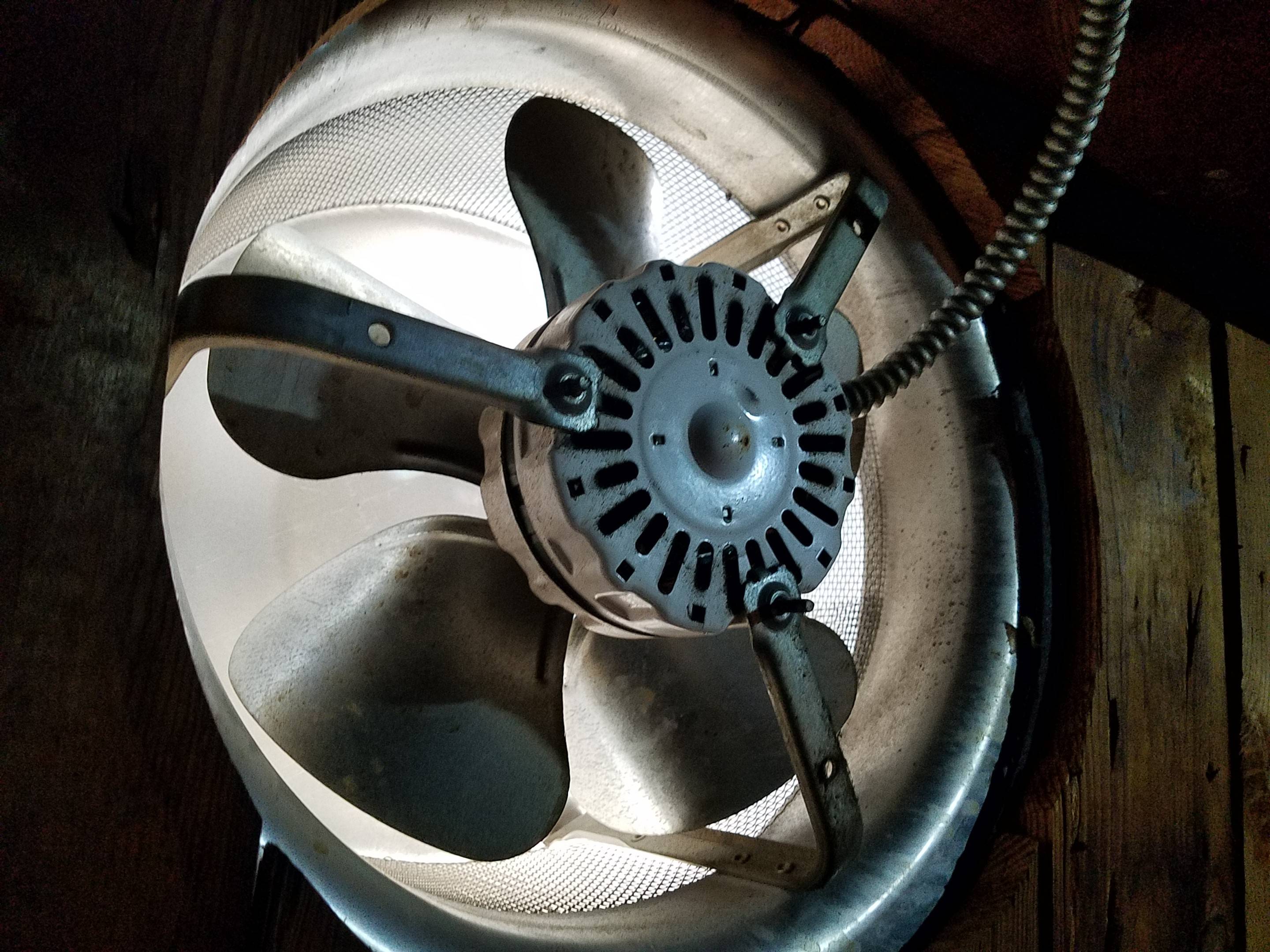
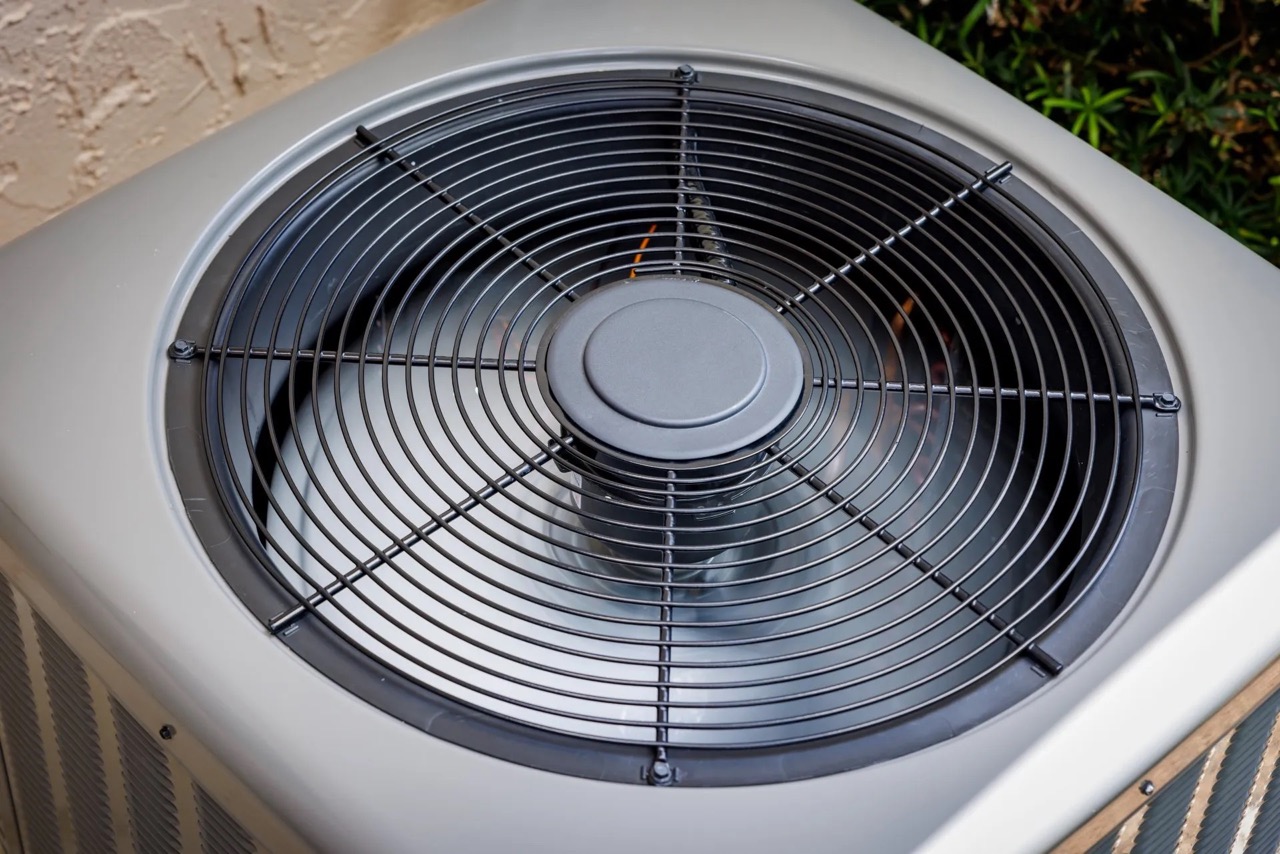
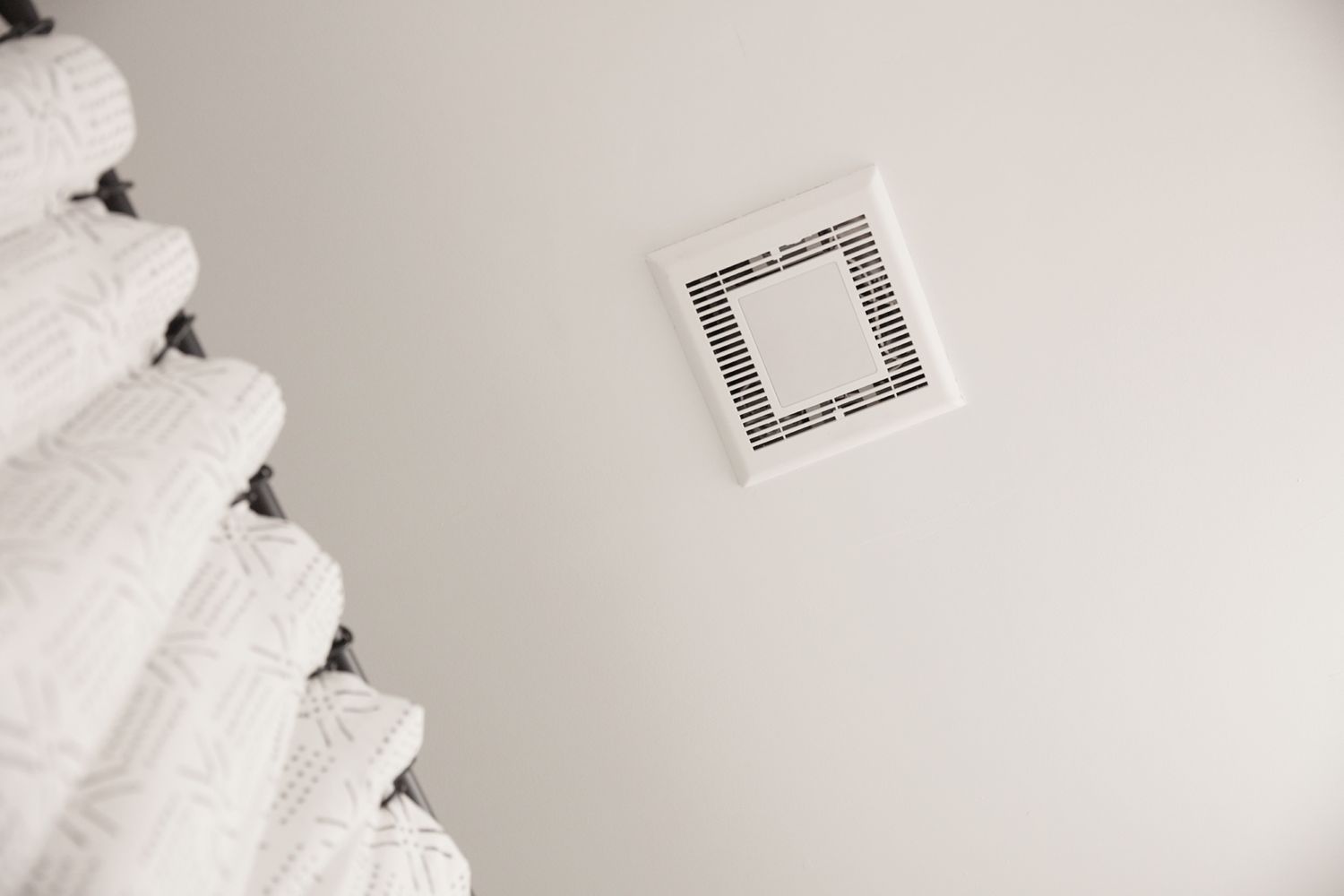
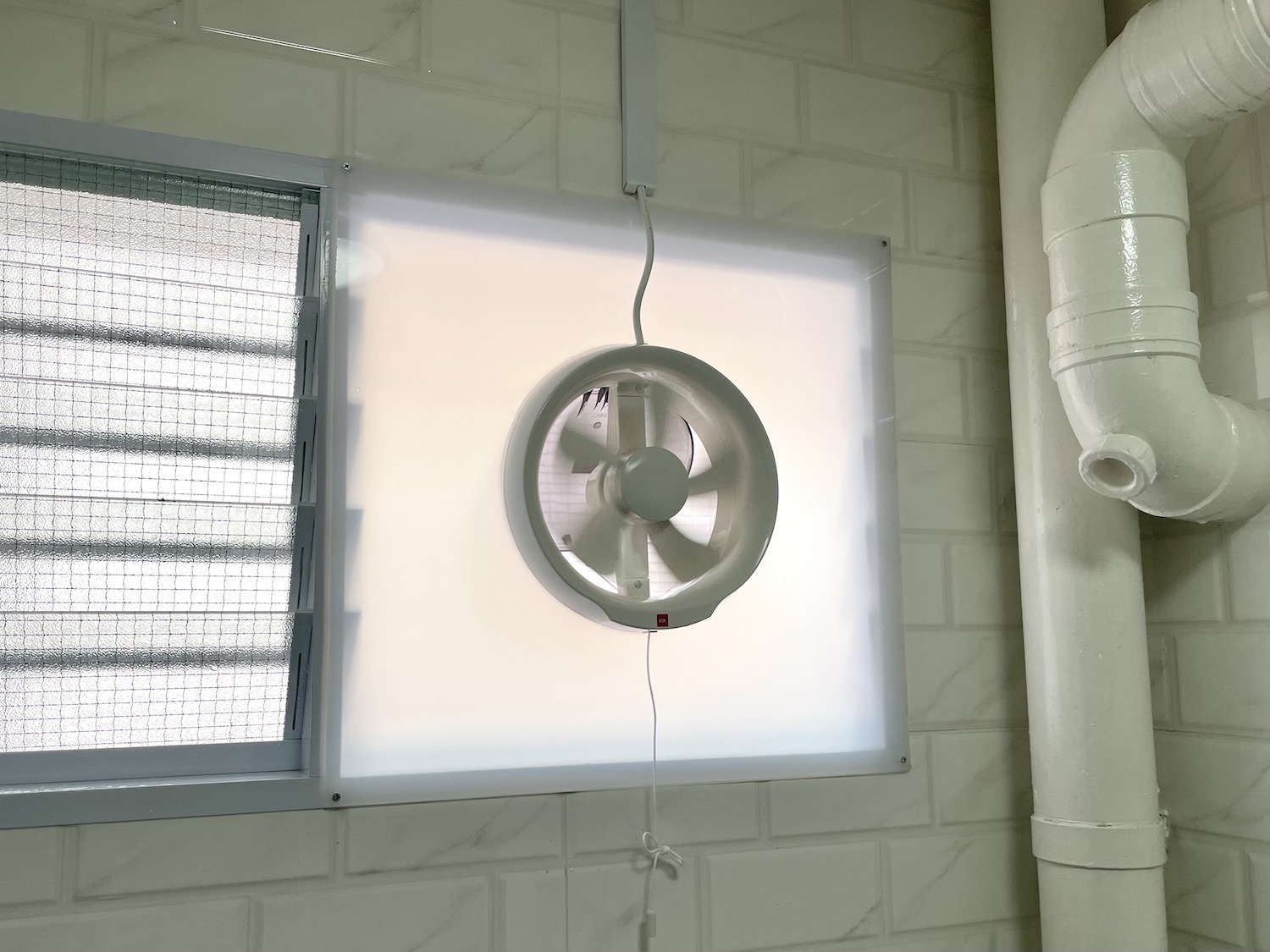
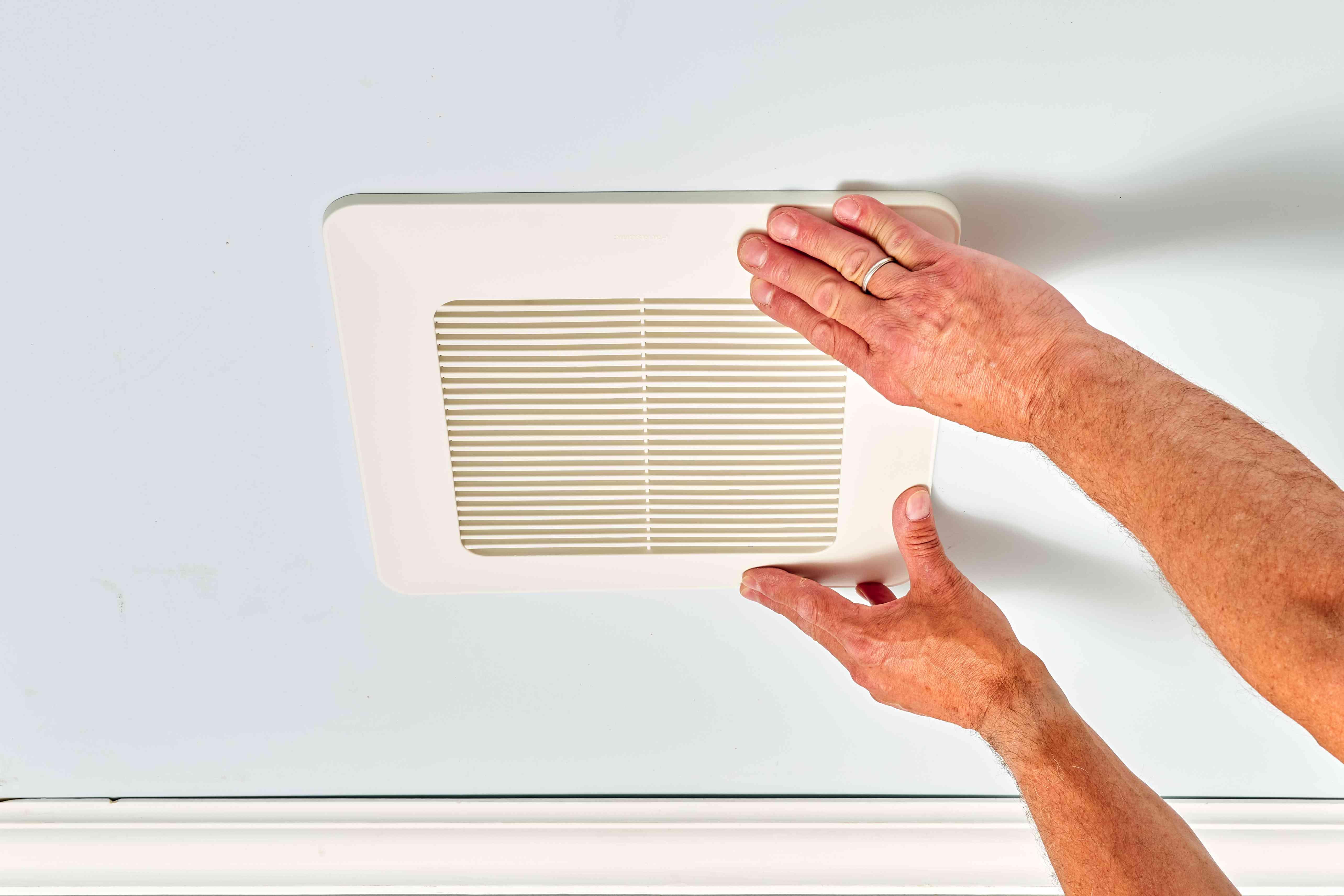

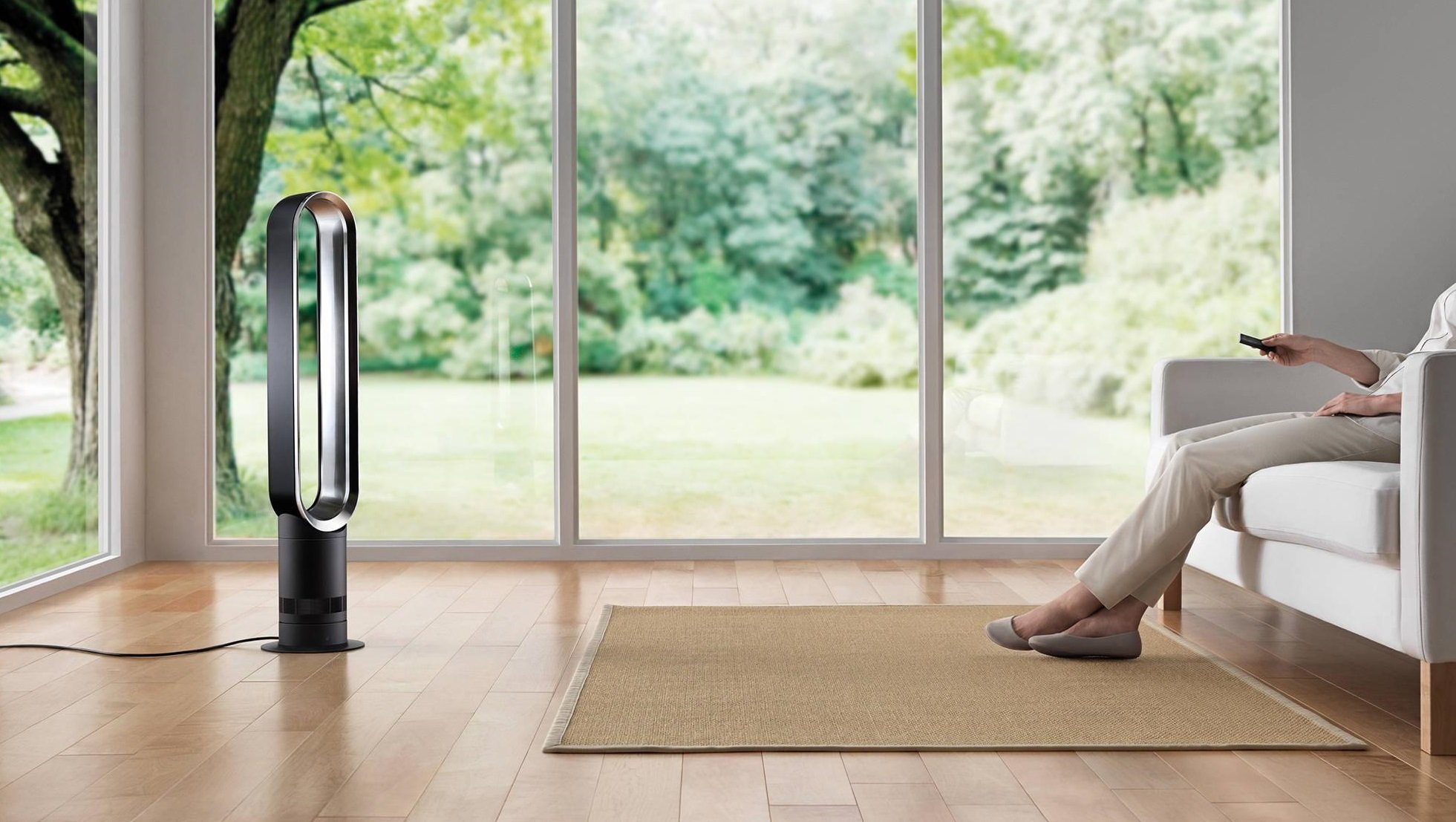

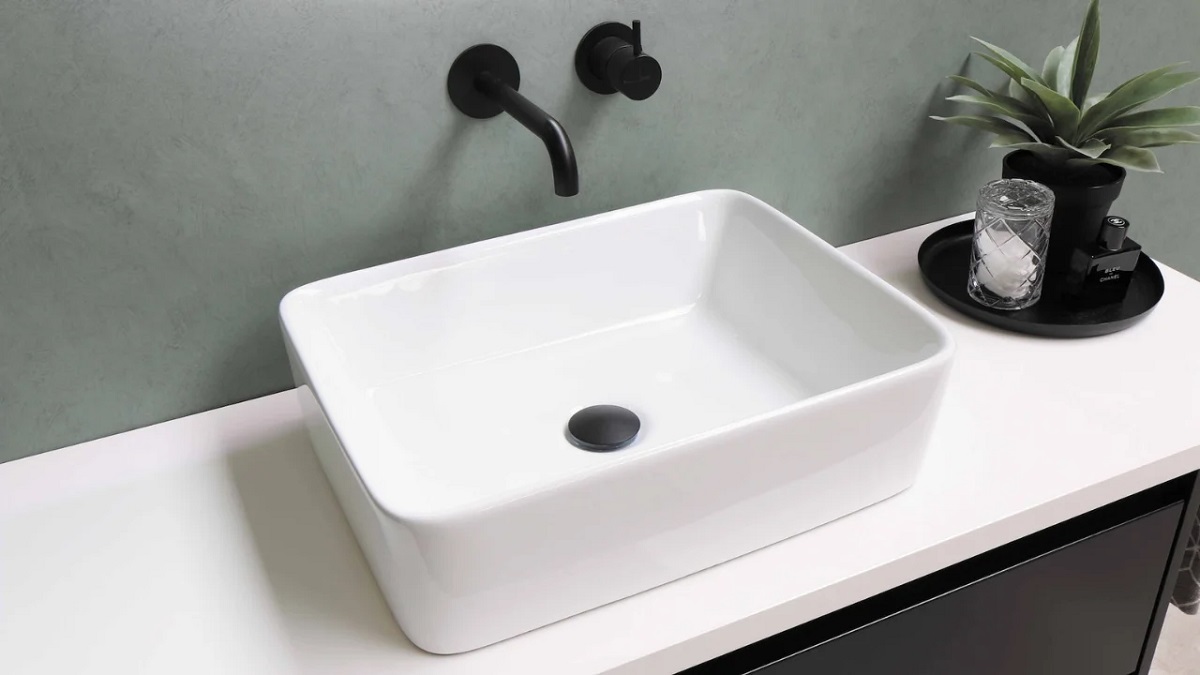
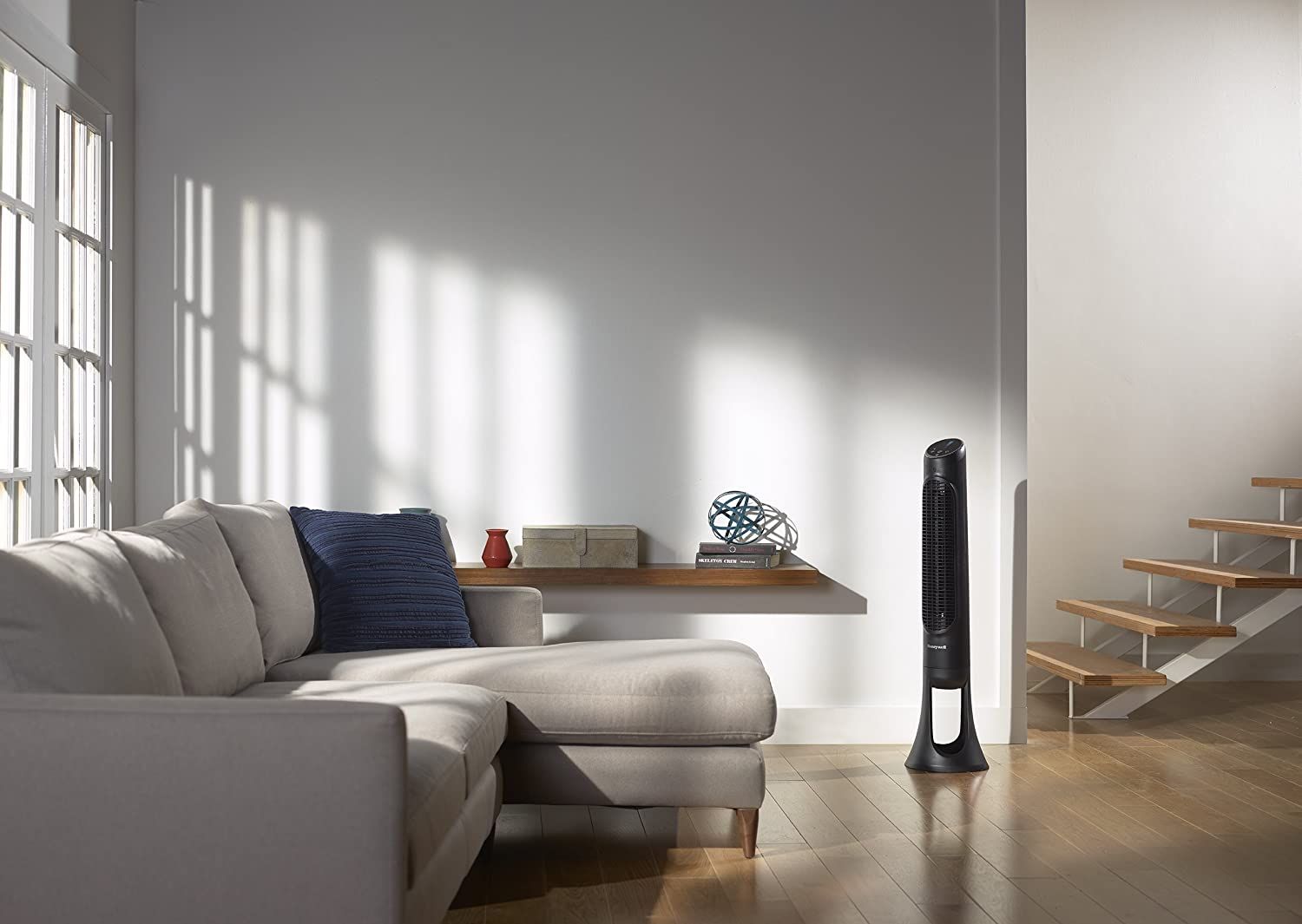
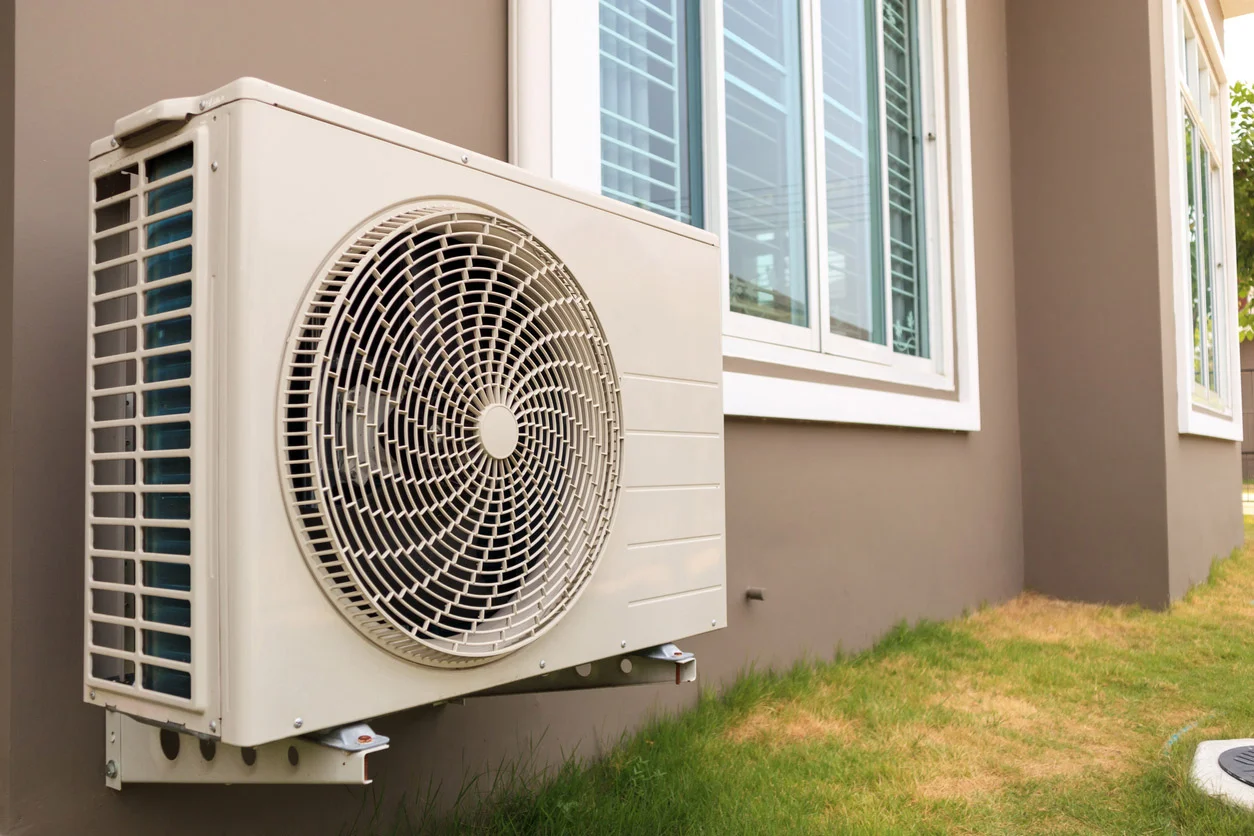
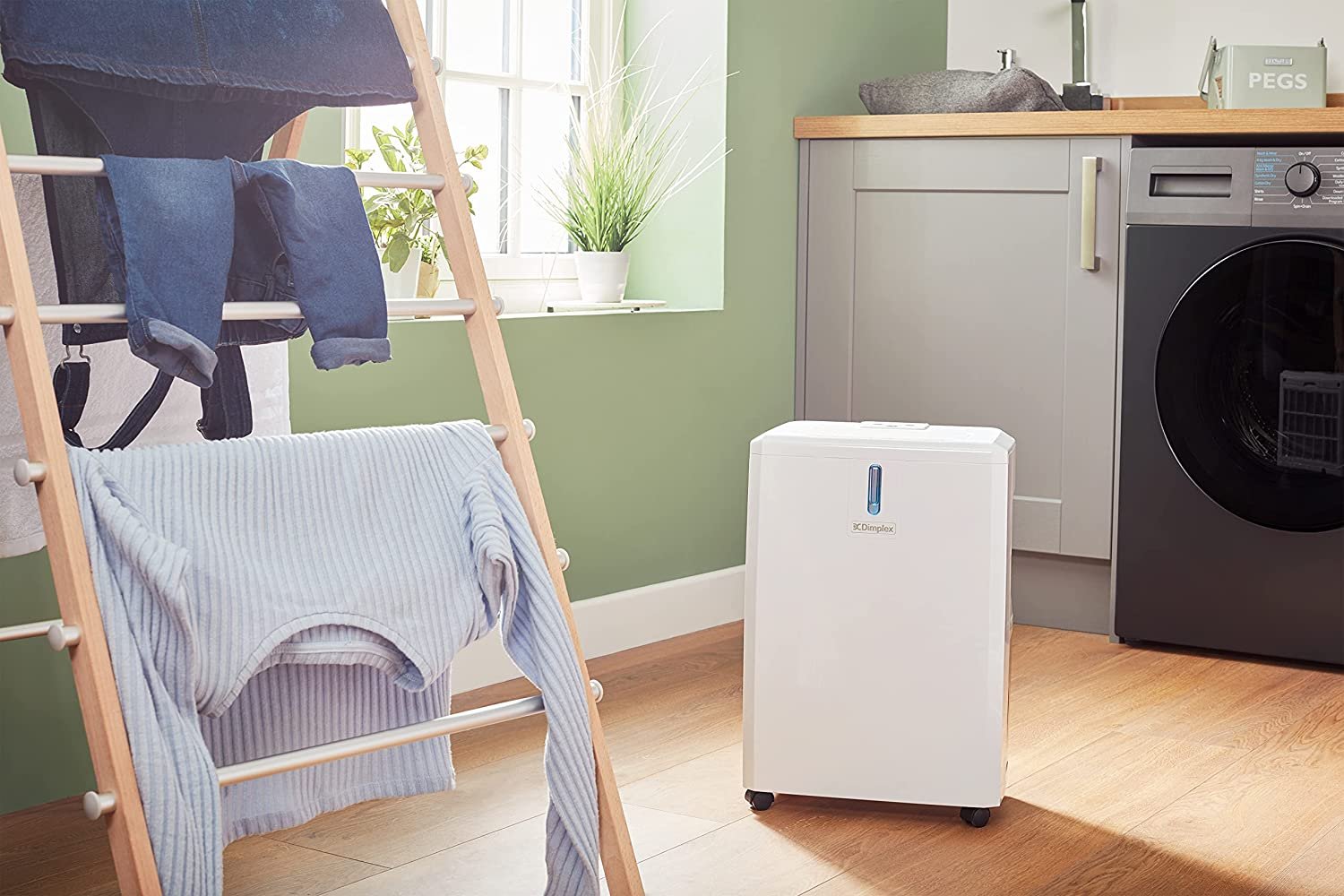
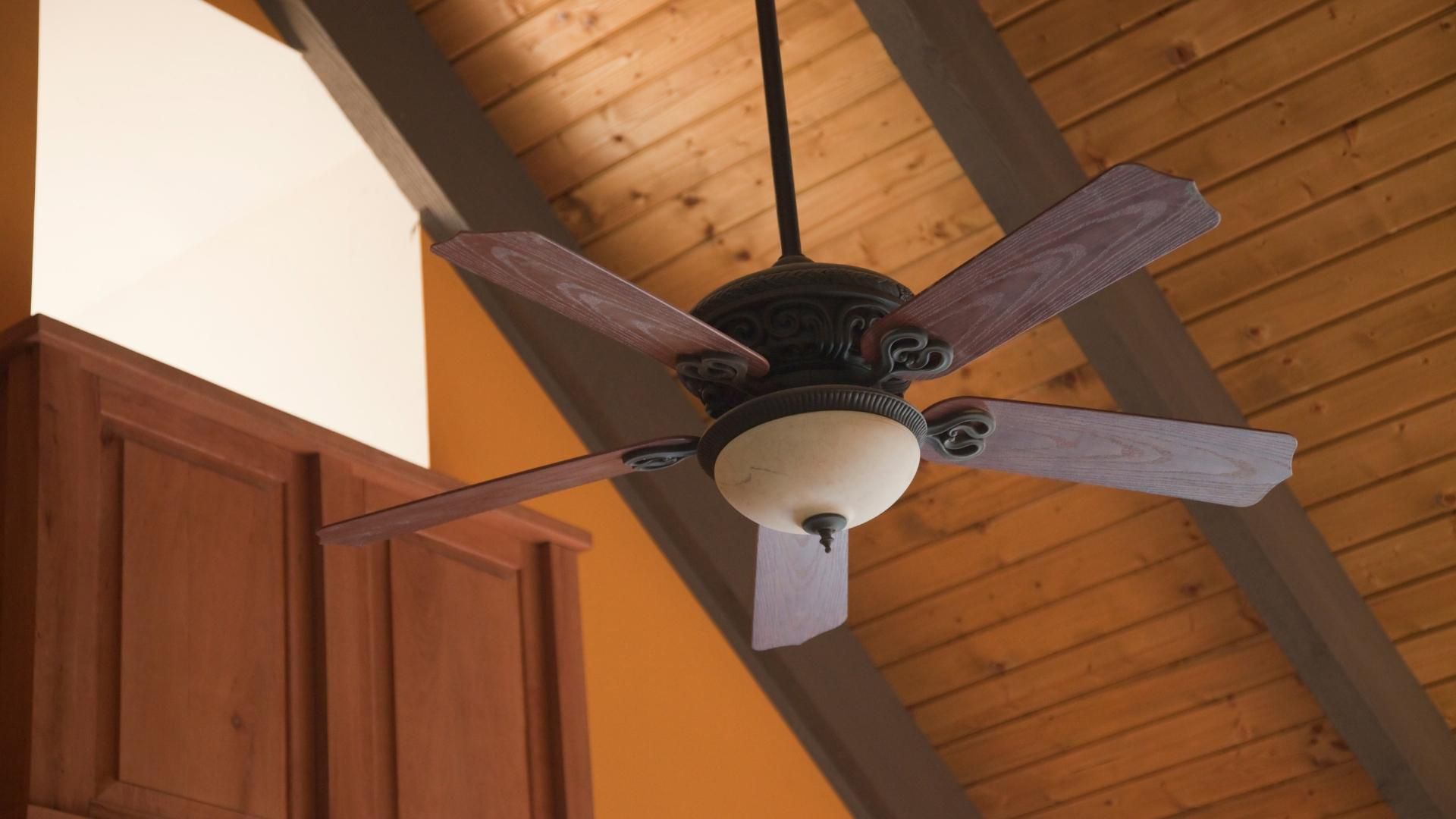

0 thoughts on “What Does The Fan In The Bathroom Do”